Croatia, with its stunning coastline along the Adriatic Sea, crystal-clear waters, and picturesque islands, is a dream destination for yacht charters, boat rentals, and sailing enthusiasts. This comprehensive guide with Charter Tips & Info will walk you through everything you need to know to plan a yacht charter and an unforgettable sailing trip in Croatia
1. Choosing the Right Yacht or Boat:
Yacht vs. Boat:
Consider your group size, preferences, and budget when choosing between a yacht for a luxurious experience, a catamaran, or a smaller boat for a more intimate journey. The world of yacht and boat charters in Croatia offers a diverse array of options to suit every seafaring desire. Whether you're drawn to the classic elegance of sailboats, the stability, and spaciousness of catamarans, the speed and efficiency of motorboats, or the lavish indulgence of motor yachts and luxury motor sailers, each vessel brings its own charm.
Bareboat vs. Crewed Charters:
Decide whether you want to captain the vessel yourself (bareboat) or hire a professional crew for a more relaxed experience.
Each type has its own unique characteristics and advantages. Here's a Guide to help you choose the right type of yacht and charter.
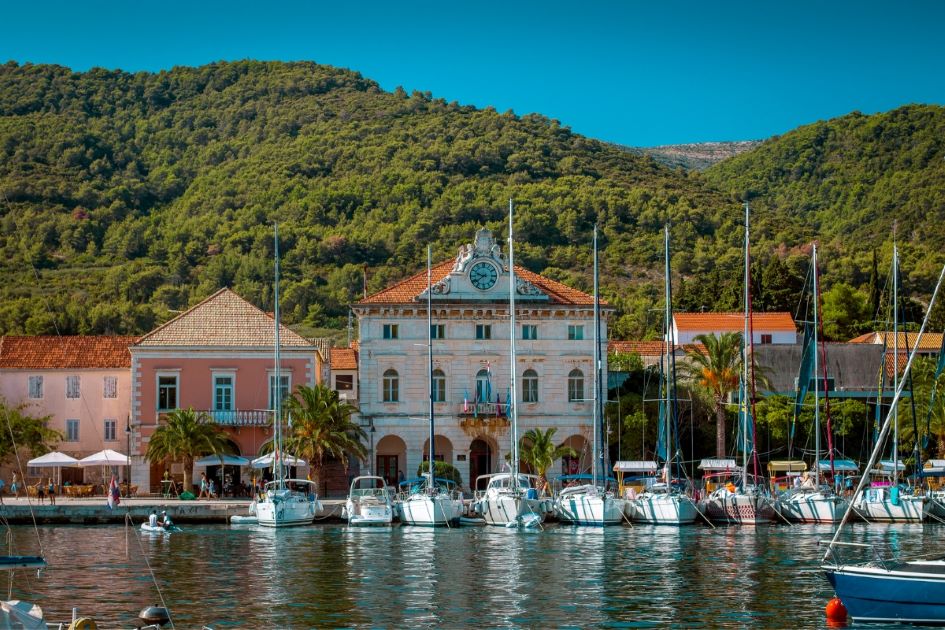 Stari Grad, Hvar
Stari Grad, Hvar
2. Best Time to Sail in Croatia:
The optimal time for sailing in Croatia spans from April to October, encompassing the spring, summer, and early autumn months. However, early and late-season trips offer pleasant weather and fewer crowds.
April, May & October:
These months offer milder temperatures, blooming landscapes, and fewer tourists. It's an excellent time for those who prefer a quieter sailing experience and wish to explore coastal towns without the summer crowds. While the summer months are generally characterized by calm seas, those seeking more challenging sailing experiences may appreciate the stronger winds that can occur in the spring and fall.
June & September:
June and September, in particular, offer a balance between favorable weather and fewer tourists compared to the peak months of July and August. To escape the peak tourist crowds, consider planning your sailing trip in June or September. During these months, popular destinations are more serene, marinas are less crowded, and you can enjoy a more relaxed pace.
July & August
The peak sailing season boasts warm temperatures, clear skies, and calm seas. While July and August offer warm temperatures ideal for swimming and sunbathing, be mindful of the summer heat, especially during peak hours. Plan your sailing activities for the cooler mornings and evenings to make the most of the day while avoiding the midday heat. Explore lesser-known anchorages and off-the-beaten-path islands to experience the Adriatic's beauty without the hustle and bustle of busy tourist areas.
To secure preferred charter dates and accommodations, especially if planning to visit during the peak season, consider booking well in advance. This ensures availability and allows for more flexibility in selecting the ideal sailing route.
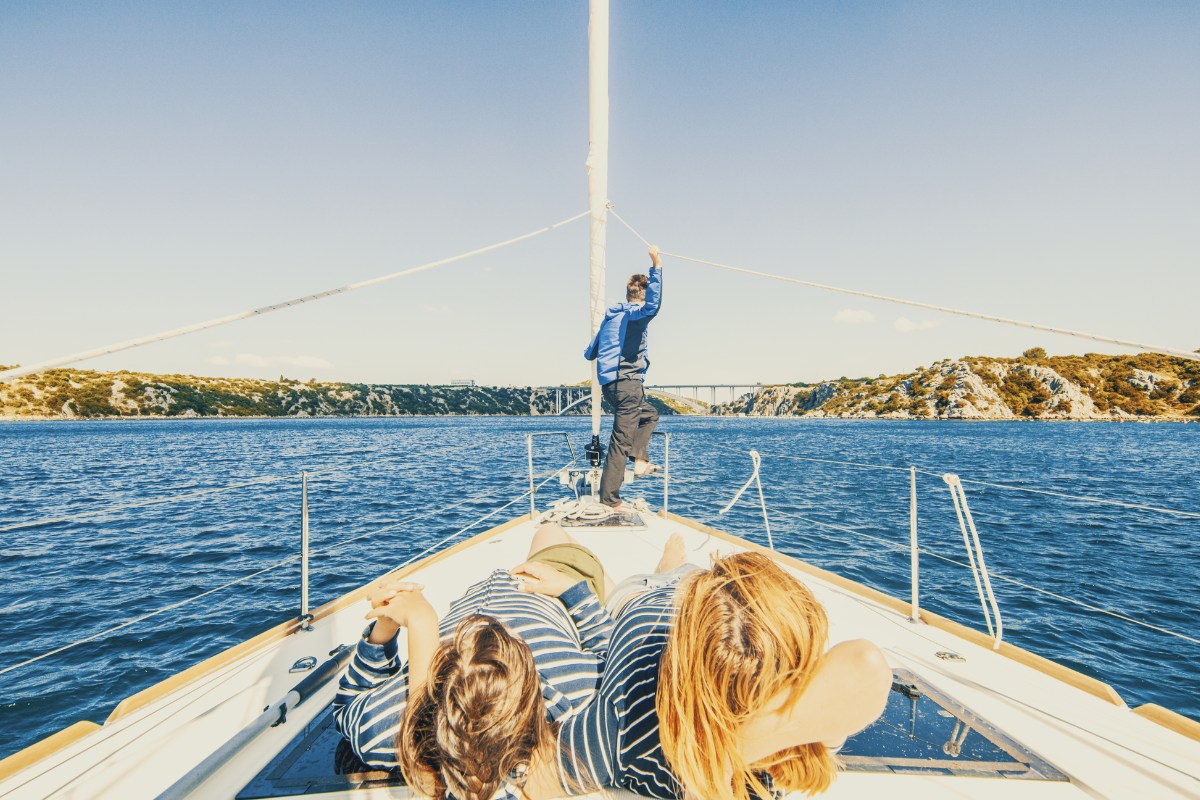 Sailing in Croatia
Sailing in Croatia
3. Popular Sailing Routes:
Dubrovnik:
- Journey to the island of Mljet from Dubrovnik, exploring the stunning Mljet National Park with its saltwater lakes and Benedictine monastery.
- Discover the Elafiti Islands from Dubrovnik, including Koločep, Lopud, and Šipan, offering beautiful landscapes, sandy beaches, and a peaceful escape.
- Sail to the medieval old town of Korčula from Dubrovnik, exploring its narrow streets and enjoying the local cuisine.
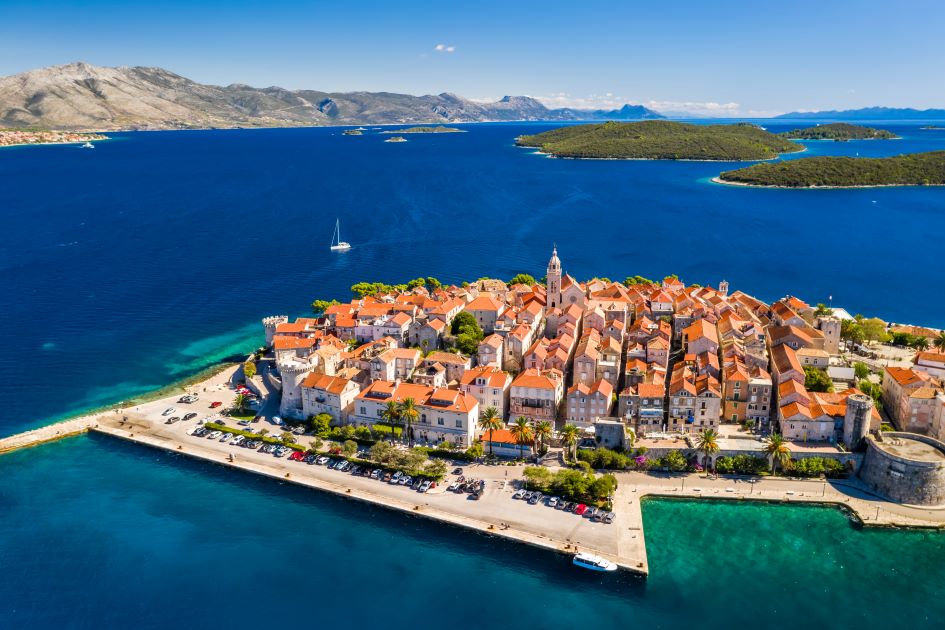 Korčula
Korčula
Split & Trogir:
- Explore the historic town of Hvar, known for its vibrant nightlife, by setting sail from Split to experience the charm of this nearby island.
- Venture to the untouched beauty of Vis, explore the Blue Cave on Biševo Island, and enjoy the authentic charm of Vis town.
- Discover the islands of Brač and Šolta from Split, relaxing on the famous Zlatni Rat beach on Brač and exploring the quaint fishing villages of Šolta.
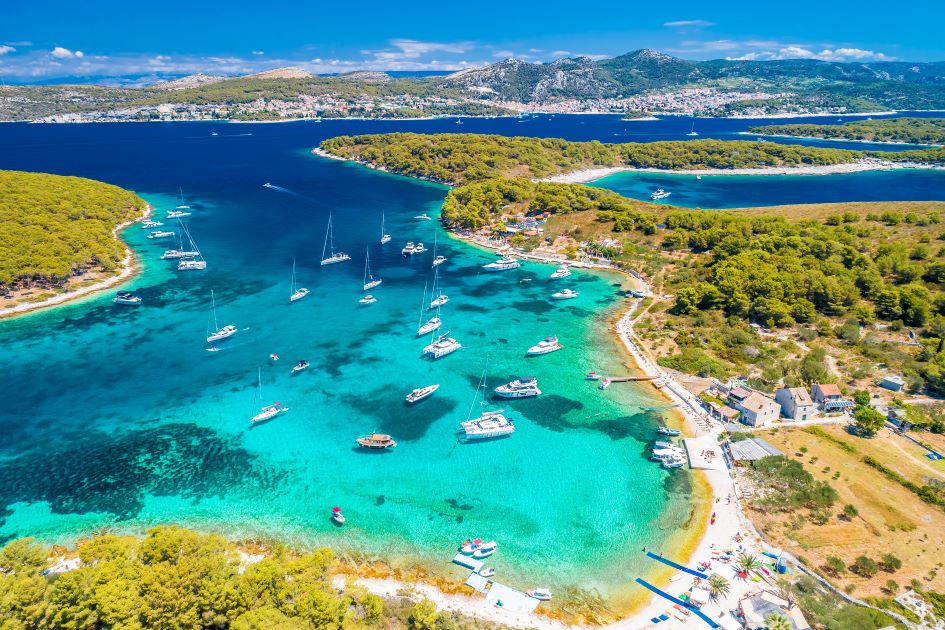 Pakleni Islands, by Hvar
Pakleni Islands, by Hvar
Šibenik:
- Set sail towards the Kornati Islands from Šibenik, a sailor's paradise with diverse landscapes, secluded bays, and the beauty of a national park.
- Head to Skradin and experience the enchanting Krka National Park, taking a short trip up the Krka River to witness its waterfalls and lush greenery.
- Explore the charming town of Primošten, north of Šibenik, with its vineyards, beaches, and picturesque coastal atmosphere.
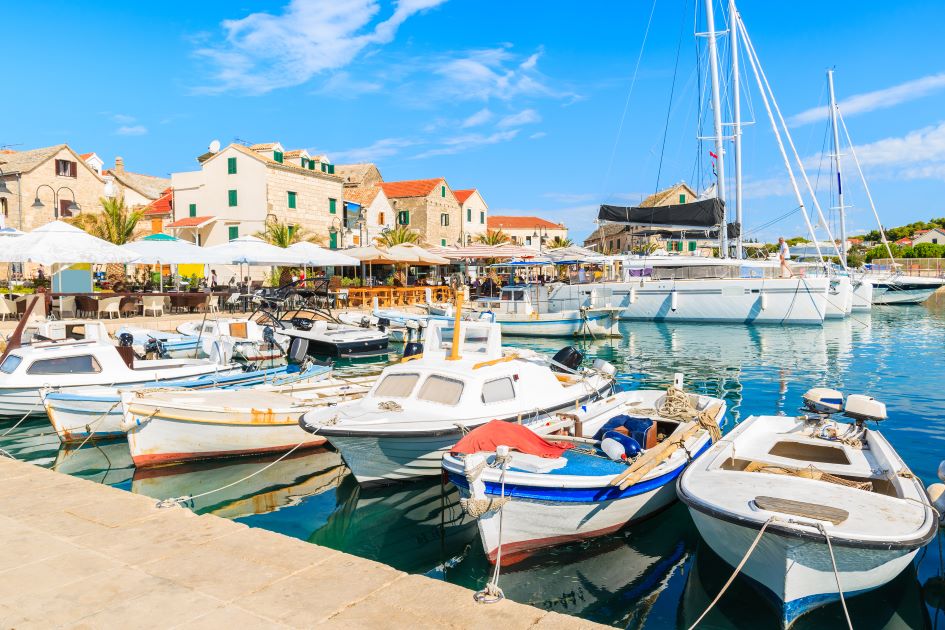 Primošten
Primošten
Zadar:
- Embark on a sailing adventure to the Kornati Islands from Zadar, experiencing the unique landscapes of Kornati National Park.
- Visit Dugi Otok from Zadar, exploring Telascica Bay's natural park and enjoying the tranquility and breathtaking views of Dugi Otok.
- Sail to Krka National Park from Zadar, mooring in Skradin to take a short trip and witness the beauty of the Krka River waterfalls.
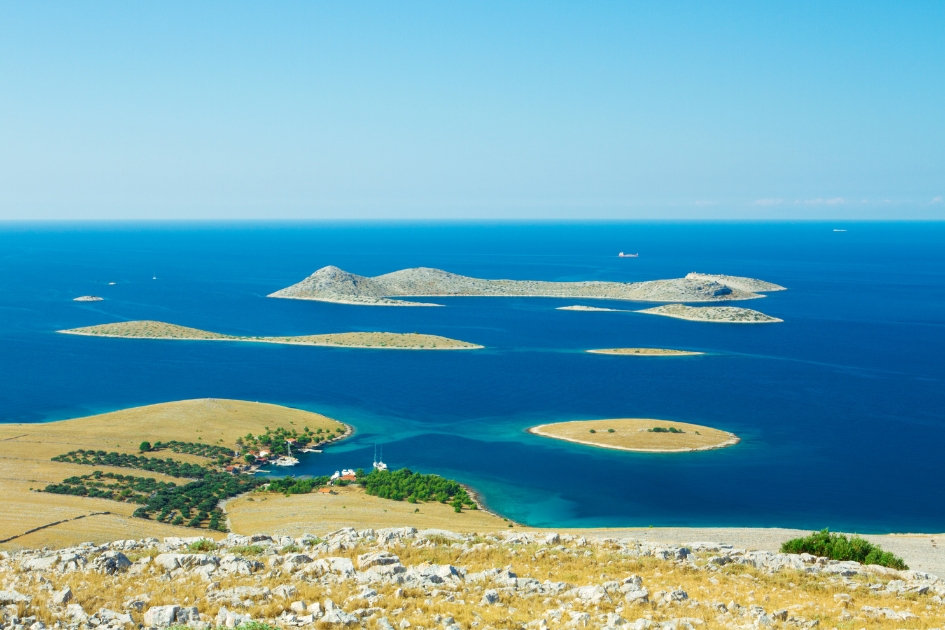 Kornati National Park
Kornati National Park
Pula:
- Begin your sailing adventure by exploring the Brijuni Islands from Pula, visiting the national park, and discovering the unique blend of nature, history, and culture on Veli Brijun.
- Cruise along the Istrian coast to reach the charming town of Rovinj from Pula, explore the old town, visit the St. Euphemia Church, and enjoy local seafood in the harbor.
- Sail to the islands of Cres and Lošinj from Pula, experiencing the natural beauty of Cres and then exploring the vibrant atmosphere of Lošinj.
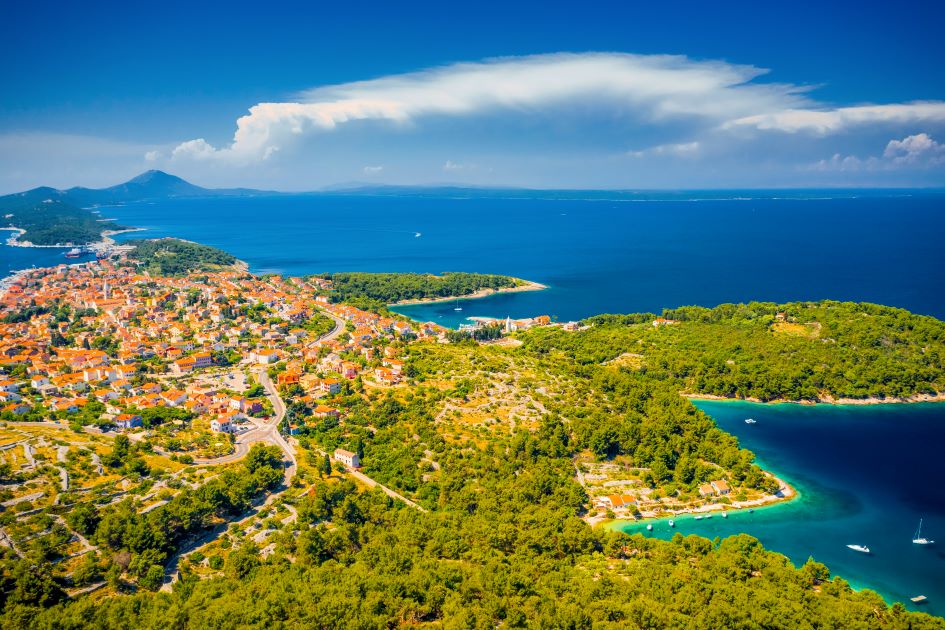 Lošinj
Lošinj
4. Navigational Tips:
Familiarize yourself with navigational aids and charts specific to the Adriatic Sea. Stay updated on weather forecasts and be prepared for the bora and jugo winds common in the region.
Explore some of the best sailing apps available to avid sailors sailing on the Adriatic Sea.
5. Moorings and Anchorages:
Marina Facilities:
Croatia boasts numerous marinas with excellent facilities. Plan your route to include marinas for restocking supplies and enjoying local amenities. Consider reserving berths in advance, especially during peak seasons. Many marinas offer online booking services, allowing you to secure a spot for your boat. Marinas in Croatia typically assist with mooring. Staff members may assist you in docking your boat, ensuring a smooth and stress-free arrival.
Most marinas have fuel stations where you can refuel your boat. Check the operating hours and fuel availability to plan your stops accordingly. Some marinas offer laundry services or facilities where you can wash and dry your clothes. This is particularly convenient for longer sailing trips.
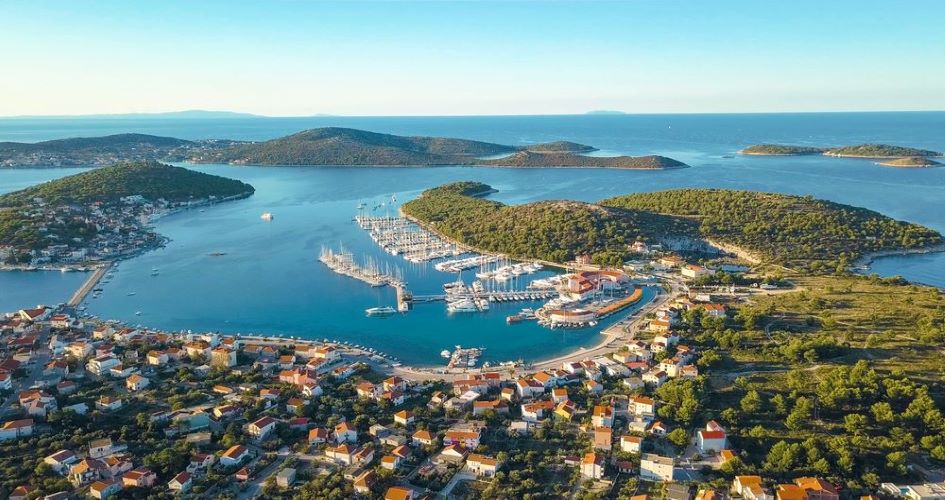
Marina Frapa, Rogoznica
Anchorages:
Croatia offers numerous natural harbours and bays suitable for anchoring. Explore these secluded spots for a peaceful and picturesque stay. Discover secluded bays and coves for peaceful anchorages, ensuring you comply with local regulations. Use detailed navigational charts to identify safe anchorage areas. Charts provide information on depths, seabed conditions, and potential hazards.
Before anchoring, consider the current weather conditions and forecasts. Ensure that the selected anchorage provides adequate protection from prevailing winds and waves.
Anchorages are ideal for swimming and snorkeling. Crystal-clear waters in secluded bays offer opportunities to explore the marine life and underwater landscapes. Anchoring in quieter locations allows you to enjoy the natural beauty of the Croatian coast away from the hustle and bustle of marinas.
Be aware of any local regulations regarding anchoring. Some areas may have specific rules to protect sensitive marine environments or archaeological sites.
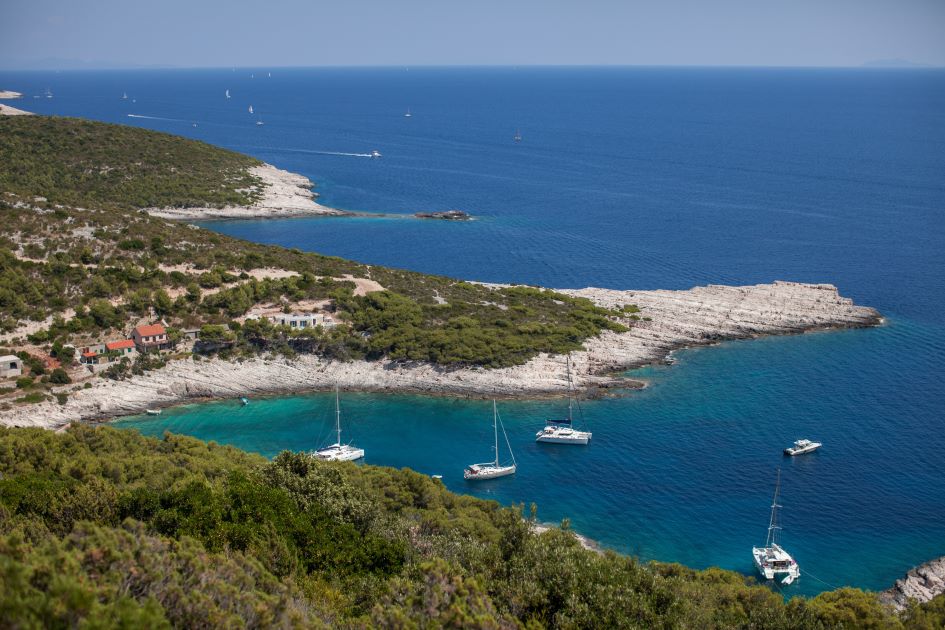 Mala Travna Anchorage, on Vis
Mala Travna Anchorage, on Vis
6. Cultural Highlights:
Historical Sites: Visit historical sites such as Dubrovnik's city walls, Diocletian's Palace in Split, and the medieval town of Trogir.
Local Cuisine: Indulge in the diverse Croatian cuisine, with a focus on fresh seafood, local olive oils, and regional wines.
7. Local Customs and Regulations:
Boating Licenses:
To charter a bareboat in Croatia, you typically need a valid nautical license or proof of competence, and the VHF license, as required by Croatian maritime law. The specific type of license or proof of competence can depend on the size and type of the vessel you intend to charter. If you don't have the necessary qualifications, you can opt for a skippered charter. To check if your boating certificates are valid in Croatia, see the following link: Recognized certificates for operating boats and yachts.
Clearance Procedures:
Understand customs and immigration procedures when traveling between Croatian and nearby international waters.
8. Local Festivals:
Croatia is renowned for its vibrant local festivals and events, blending rich cultural traditions with lively celebrations. Experience the vibrant local culture by participating in festivals like the Dubrovnik Summer Festival or the Šibenik International Children's Festival, Pula Film Festival, Split Summer Festival, and Zadar Outdoor Festival.
9. Environmental Considerations:
Eco-Friendly Practices:
Be a responsible sailor by practicing eco-friendly habits, such as proper waste disposal and minimizing impact on marine life. Dispose of waste responsibly, recycle when possible, and avoid single-use plastics. Many marinas in Croatia are equipped with waste disposal facilities. Follow guidelines to protect the diverse marine life and ensure a sustainable sailing experience.
Protected Areas:
Respect marine conservation zones, such as the National Parks: Kornati, Mljet, Brujini, and Nature Parks: Lastovo, Telašćica. One of the permanent inhabitants of the Adriatic Sea are dolphins. Spotting dolphins in the open sea is a thrilling and magical experience.
Conduct a safety briefing with your crew before departure.
Spotting dolphins in the open sea is a thrilling and magical experience. If you meet dolphins at sea, please respect the following rules: “Approach them slowly, in a position parallel to their direction. Avoid sudden movement, don’t change the speed of your approach, and let them come to you. Turn off your engine and try not to make any noise. Stay with them for at most 30 minutes. Don’t approach dolphins with their young. Don’t swim with dolphins, feed them, or touch them – for your own safety.”
Adopt a Dolphin and Make a Difference.
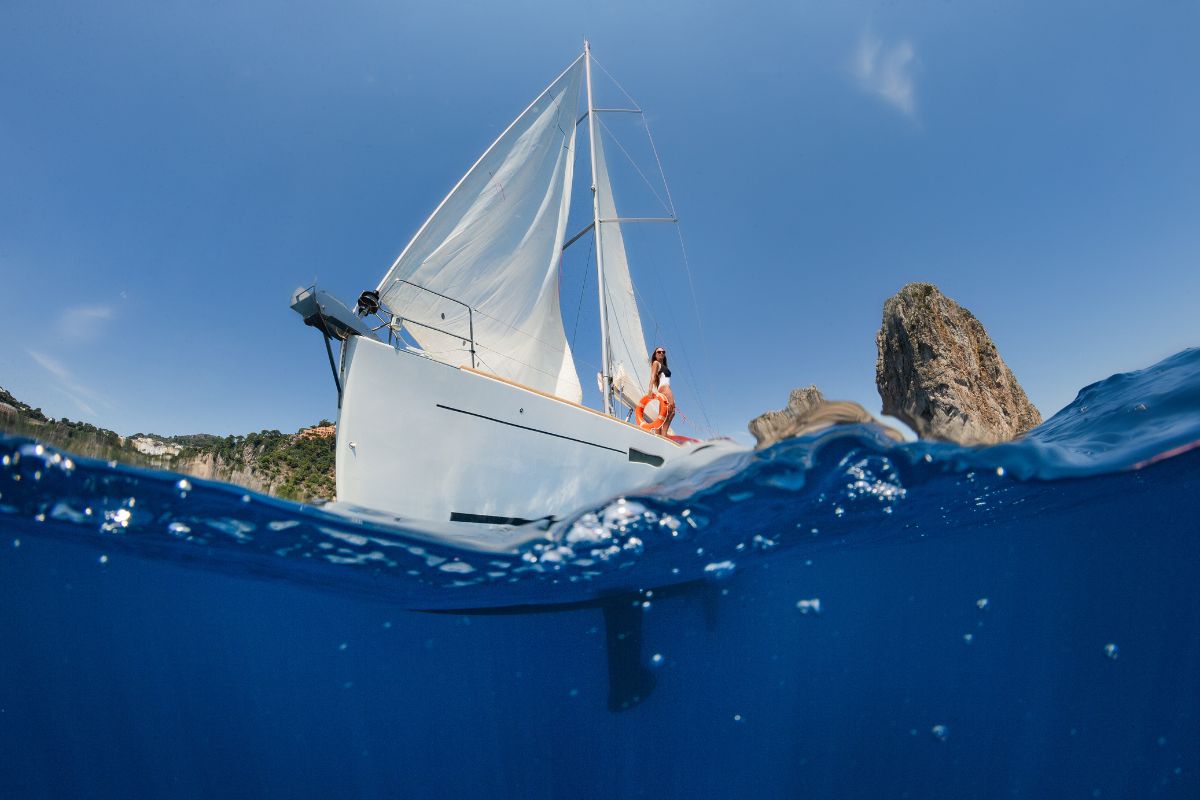
10. Safety Tips:
Emergency Contacts:
Keep a list of emergency contacts, including charter technical support, local authorities, and marine assistance services. Monitor VHF radio channels regularly for weather updates, port communications, and emergency calls. Conduct a safety briefing with your crew before departure.
First Aid Kit:
All boats and yachts are equipped with a first aid kit. However, carry one of your own which should include sea sickness pills, antiseptic cream, insect repellent, antihistamine cream/gel for insect bites, and anything else you may need. If you take prescribed medicine, it is advisable to bring enough with you for the duration of your sailing trip.
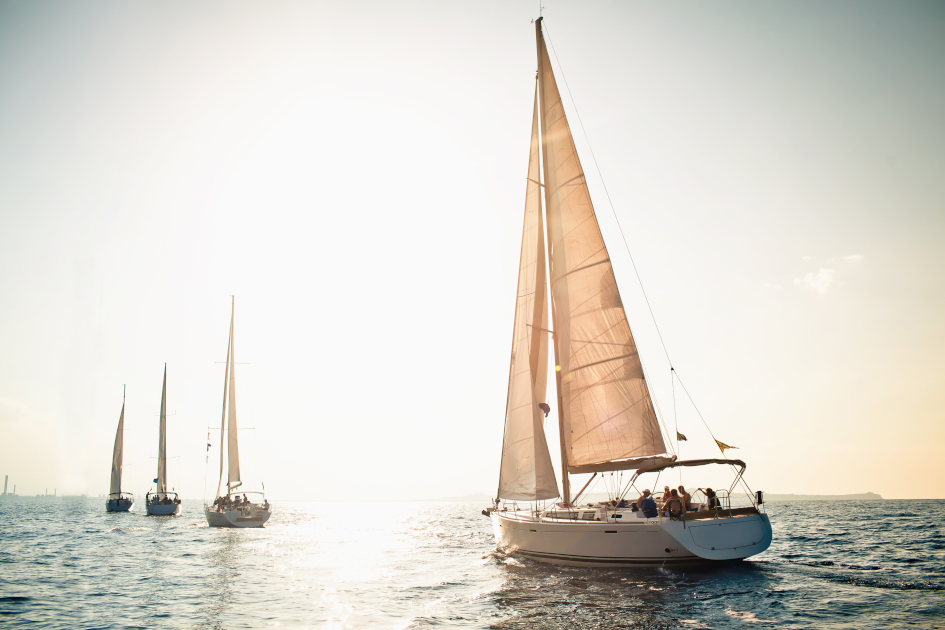
11. Extra Equipment & Services
Check about the availability of water toys such as paddleboards, kayaks, snorkeling gear, floating islands, seabob, E-foil, etc. These extras can enhance your sailing experience, especially if you plan to explore coves and secluded areas.
Inquire about Wi-Fi and communication services on board. Some charters offer Wi-Fi packages, ensuring you stay connected while at sea. This can be useful for navigation, communication, or sharing your sailing experience with friends and family. If you are interested in additional equipment, we suggest booking it in advance since some of the items are limited to stock.
If you're celebrating a special occasion on a yacht charter like a birthday or anniversary, discuss options for adding extra amenities or decorations to make the occasion memorable.
.jpg) Water Skiing
Water Skiing
12. Food Provisioning
Before setting sail, plan your meals for the duration of the trip. Create a detailed shopping list, taking into account the number of crew members, dietary preferences, and the availability of cooking facilities on board. Explore local markets and supermarkets at the departure port or nearby towns. This allows you to purchase fresh produce, local specialties, and other essentials. Local markets often offer a taste of regional flavors. Some charter companies offer provisioning services where you can pre-order and have your groceries delivered directly to your boat. If you`d like to make an online food provisioning, you can do it through Jam Yacht Supply, and they will deliver it on the boat.
Tips for Provisioning and Cooking on the Boat.
 Local green market in Croatia
Local green market in Croatia
13. Transportation
When arriving by plane, you can pick up a taxi from the airport to drive you to the yacht charter base. If you would like us to assist you with transportation, we will be happy to provide you with a private transfer service, whether you need a transfer on land or sea. Here you can check the transfer price list for several basic coastal and island destinations.
14. Parking
In almost all marinas on the Adriatic, parking places are secure for its visitors. The approximate weekly charge is 50-70 Eur/car/week. If you are arriving with a bus or camper, we advise informing the marina from which you are sailing out and asking if possible to reserve the parking place.


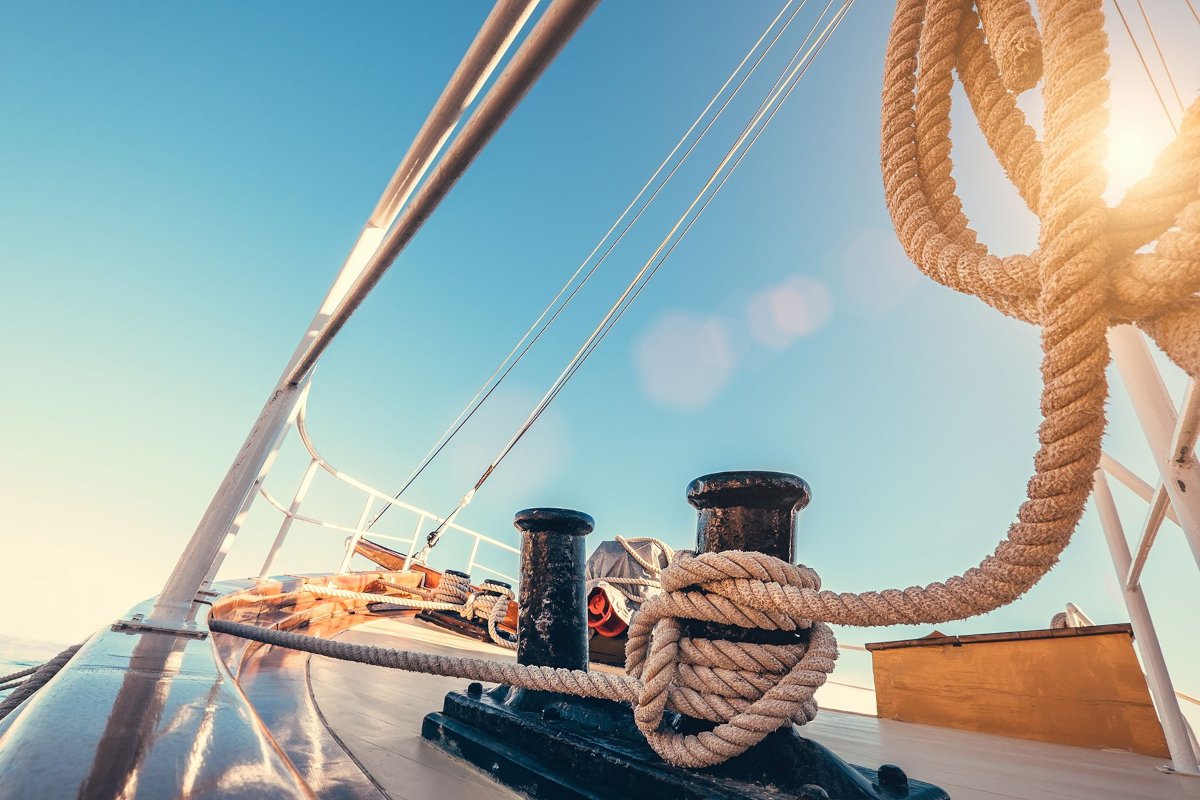


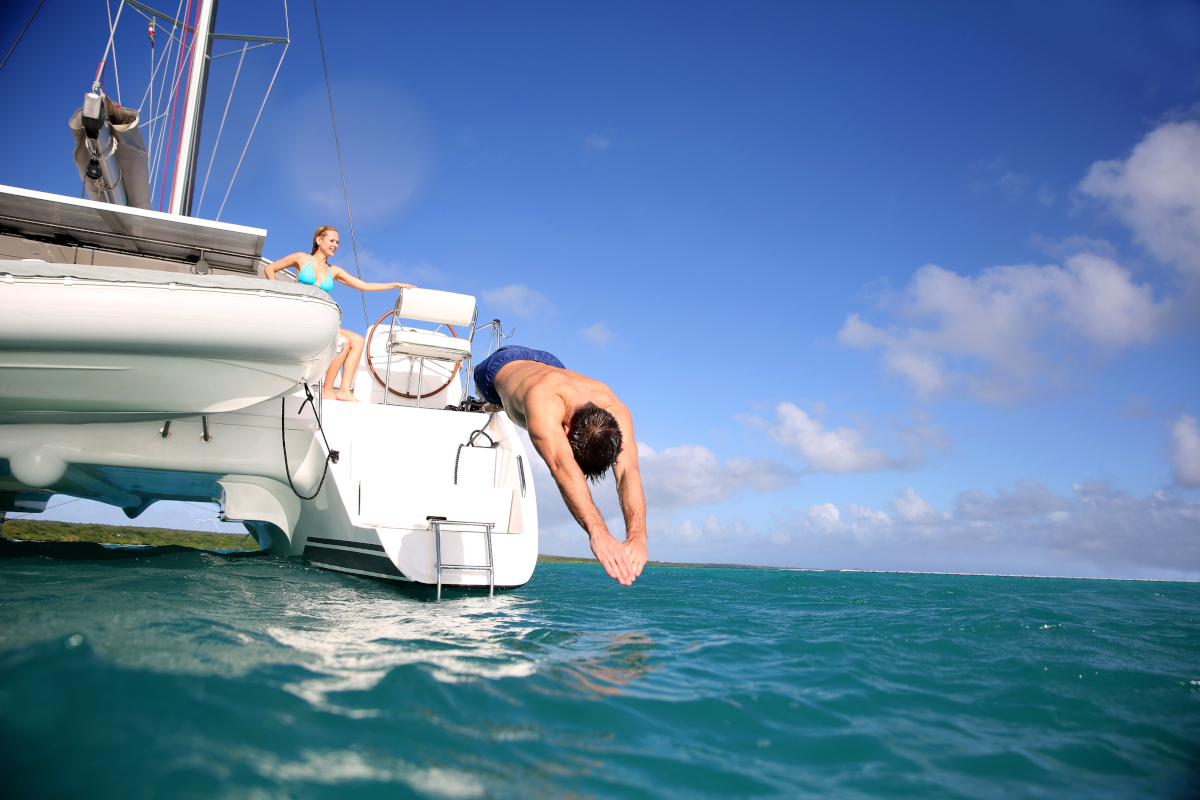
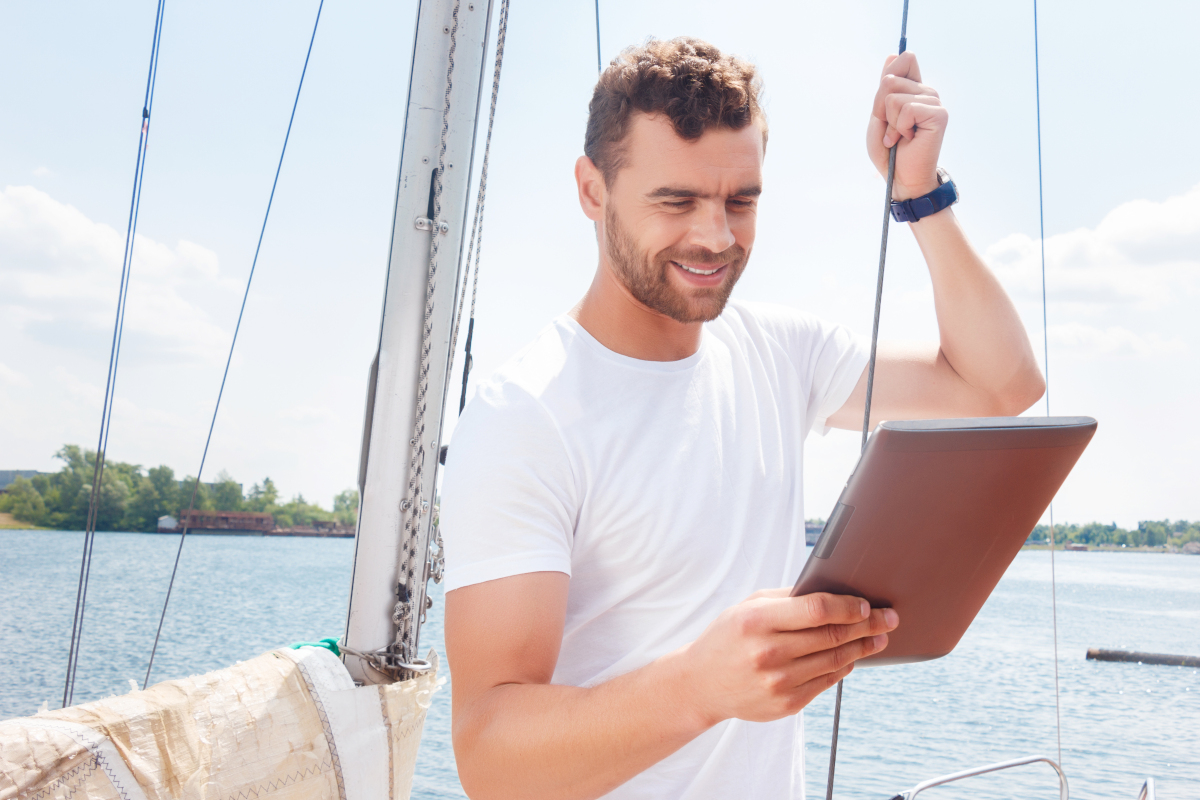
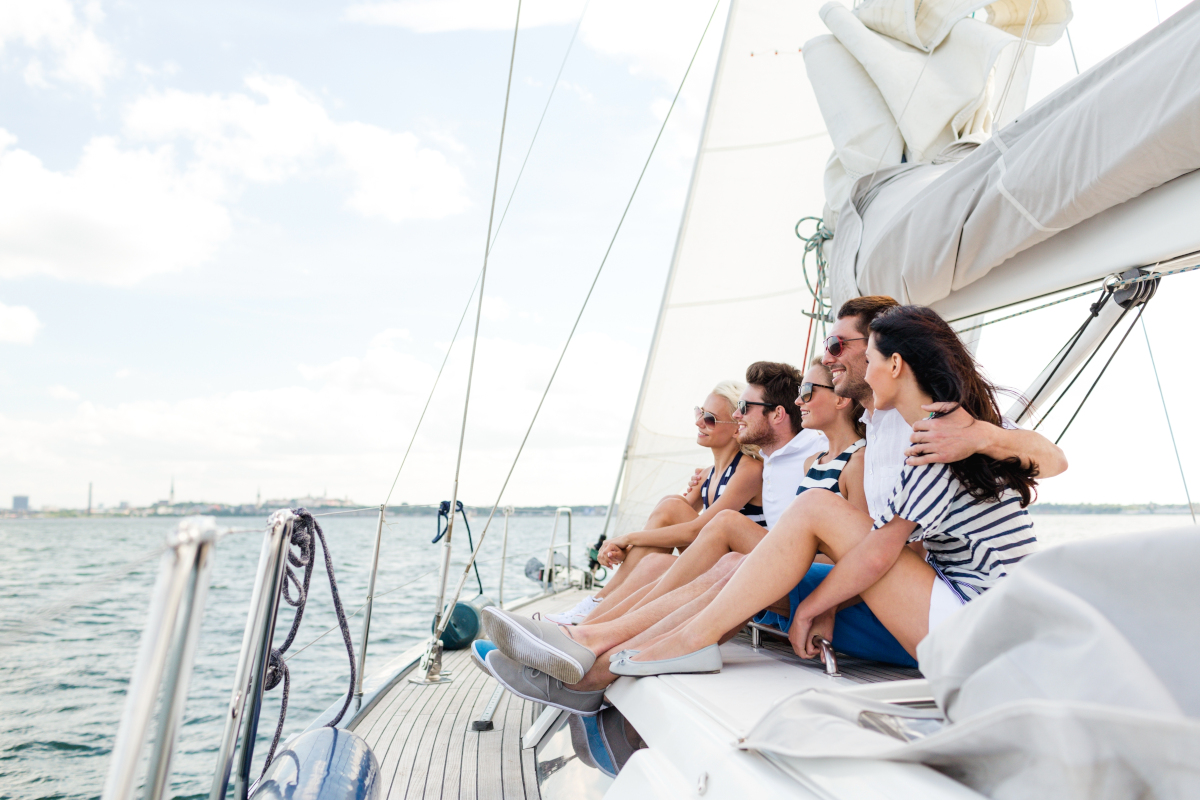

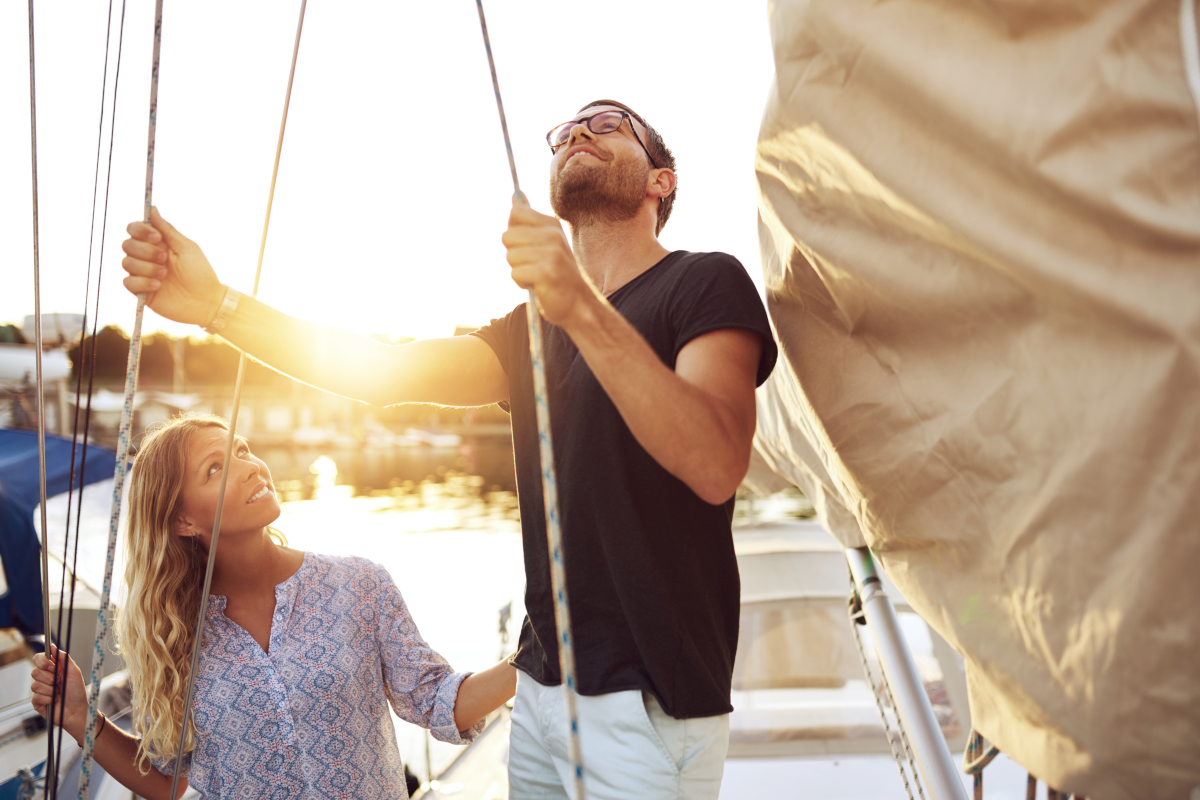
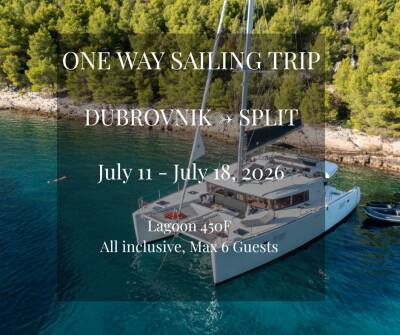
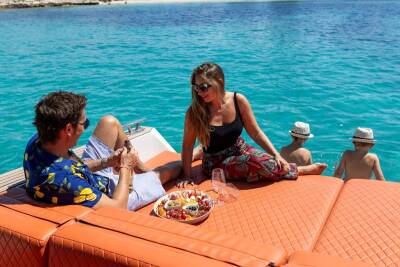
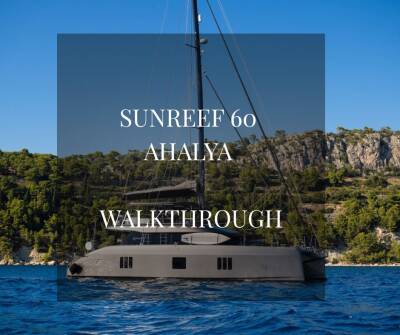
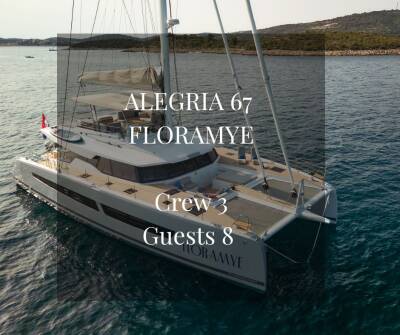
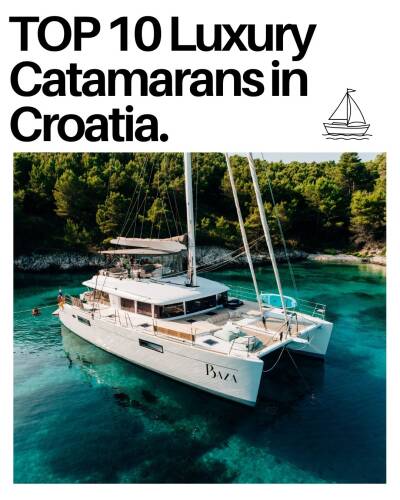
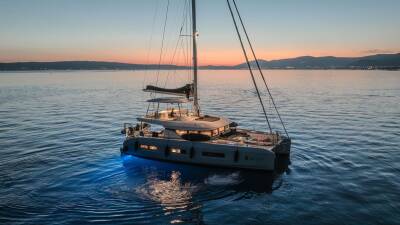
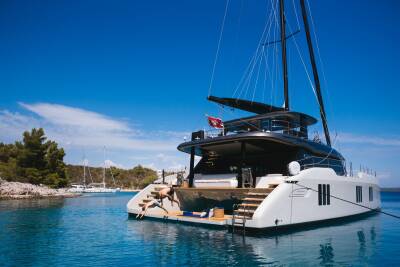
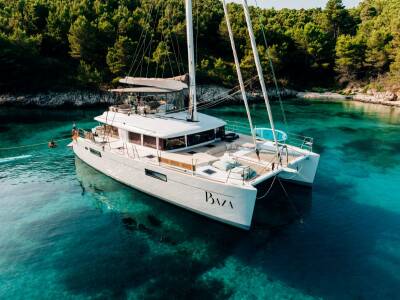
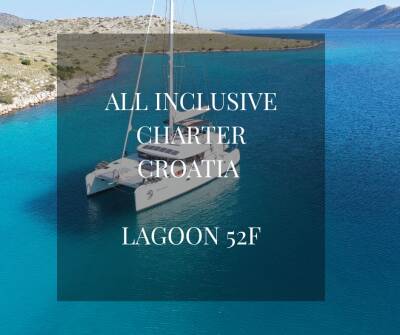

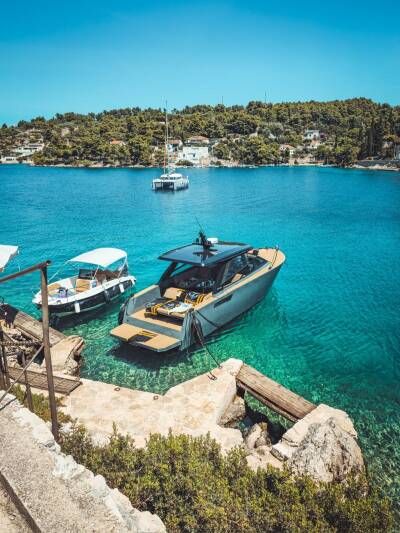
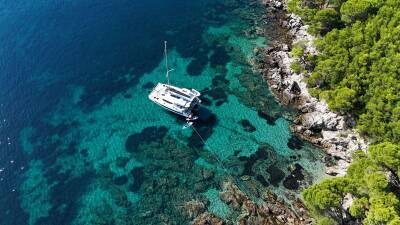

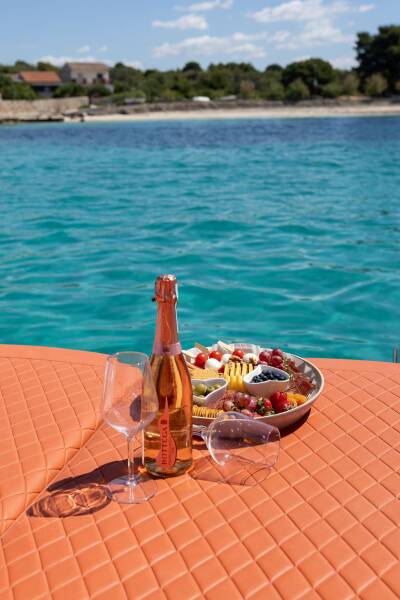
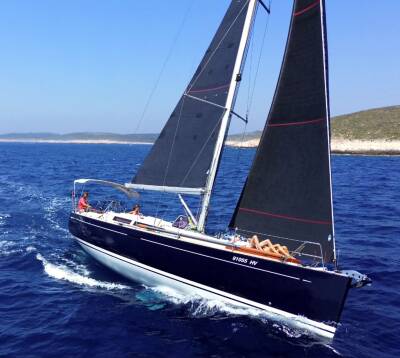
 Give us a call or drop an email, We`ll answer you within 24 hours
Give us a call or drop an email, We`ll answer you within 24 hours